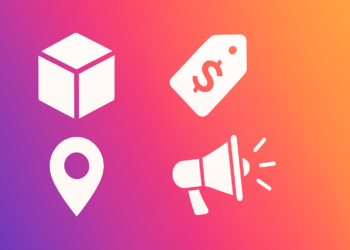Nudges steer choices without restricting freedom, tweaking contexts so the ‘easier’ option benefits both user and brand. 2025 policy and UX design heavily lean on such subtle prompts.
Setting the default donation amount to $20 in a charity form primarily taps into:
Scarcity effect
Price bundling
Hyperbolic discounting
Default bias
Placing healthier snacks at eye level in a cafeteria is an example of:
Choice architecture
Anchoring
Price discrimination
Reciprocity
‘Social norms’ nudges often inform customers that:
Prices will drop soon
A celebrity endorsed the product
Most peers have already taken the desired action
Stock is running out
Which digital nudge reduces checkout friction most directly?
Increasing captcha complexity
Adding autoplay video
Auto‑filling saved shipping details
Showing long‑form terms
Framing an energy report in ‘you saved $30 more than neighbours’ rather than ‘you used 10% less energy’ mainly uses:
Gain framing
Hyperbolic discounting
Loss framing
Scarcity
In 2025 e‑learning platforms, sequential progress bars are considered effective because they:
Turn off notifications
Randomise lesson order
Visualise how close a user is to completion
Hide remaining modules
Which colour cue is most commonly recommended to signal a positive default choice?
Red danger button
Grey neutral button
Green confirm button
Purple novelty button
A 2025 retail app asks users to rank recycling habits before offering eco‑products. This is a nudge via:
Scarcity
Temporal discounting
Self‑categorisation priming
Price anchoring
Pre‑selecting paperless billing and requiring an extra click to receive paper bills nudges uptake by:
Adding mandatory surveys
Offering financial rewards
Increasing friction for the less desired option
Displaying countdown timers
Displaying an animated arrow pointing to the ‘Pay now’ button utilises:
Scarcity
Reciprocity
Loss aversion
Attentional cueing
Starter
You spot basic nudges but can sharpen your behavioural toolkit further.
Solid
Great job! You can deploy defaults, cues, and frames to guide decisions ethically.
Expert
You’re a nudge ninja—ready to iterate micro‑interventions for massive impact.
Getting to grips with Nudge Techniques Interview Questions will show how small prompts can steer consumer choices. Start by exploring our consumer behaviour Q&A collection to see the foundations of gentle persuasion. Then challenge yourself with the emotions in ads question set, uncover visual cues in the colour symbolism quiz, and fine-tune your skills with the sensory marketing MCQs. Working through these interview questions will sharpen your understanding of nudge tactics and boost your confidence in discussing them.









